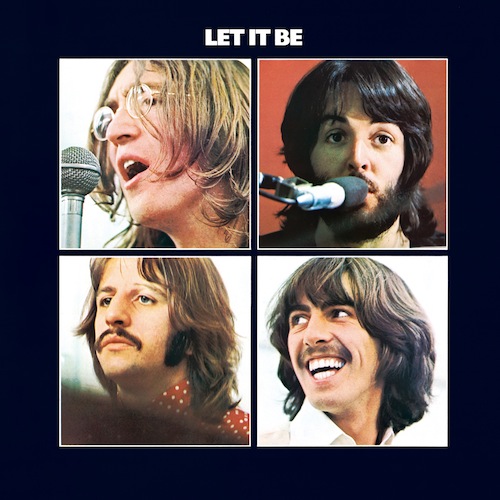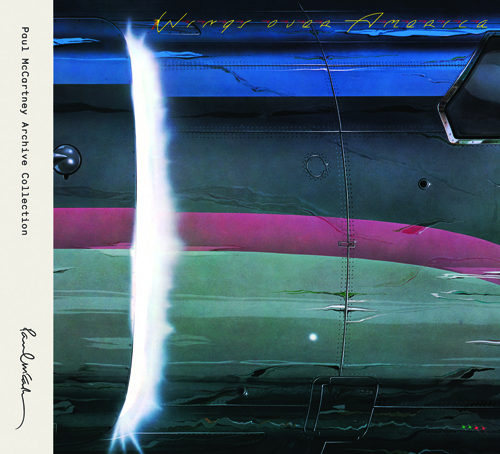Zero to 60, tracking the path of the Beatles’ Rubber Soul
By NICK TAVARES
STATIC and FEEDBACK Editor

On the Beatles’ Anthology 2 album, there’s an outtake of “Norwegian Wood (This Bird Has Flown)” tucked halfway down Disc 1. Primarily a John Lennon composition, this first take has him leading on guitar, with George Harrison following along with a sitar line that provided the rough outline of his more intricate playing that would appear on the final track.
The liner notes state that this version was labeled “Best,” and was intended for the final album, until it was re-recorded a few sessions later in all its glory.
That song, along with the rest of Rubber Soul, marked a tremendous leap forward in writing, performing and production for the Beatles. It was a new high-water mark for the band and it stands the test of time to this day. The fact that it was also recorded at a breakneck pace makes for another impressive notch on their incomparable belt.
![]()
Following along with the official canon, Rubber Soul was the sixth album by the Beatles, released towards the end of 1965. And at the time, it was just the next record on the shelves for the band.
But it represents another marker in an incredible marathon. For the most part, the 14 songs on the album were not recorded or written long before entering Abbey Road Studios in October of 1965. The band's most recent U.S. tour had concluded with two shows at the Cow Palace in Daly City, Calif., on Aug. 30 and 31, giving the band six weeks to write the songs that would eventually land on the album. Recording was packed into four weeks from October into November, and the record was in stores on Dec. 3 in the U.K. Except for "Wait," which dated from an earlier session, and "What Goes On," which was an early Lennon song given a final polish by Paul McCartney and Ringo Starr (the latter’s first writing credit on a Beatles record), the album didn't exist when the band landed in London on Sept. 2, but was shocking listeners in the weeks before Christmas.
It’d be impossible to truly comprehend how they ran through that process, were it not for existing footage of them doing essentially the same thing three years later.
The great revelation of the Get Back restoration project was its ability to lay out the creative reality of the band: essentially, they walked into Twickenham Studios on Jan. 2, 1969, and were up on the Apple Records rooftop on Jan. 30, essentially with an entire album in the bag that didn’t exist on Jan. 1.
To be able to operate at that speed and craft songs at that level — and capture it all in the recording process — is still unfathomable to me. If McCartney writing “Get Back” on the spot while they were waiting for Lennon was the only moment of fast inspiration, that’d be enough to be almost unbelievable. But there are so many moments in that tier. Take the bit when Harrison casually asks, “do you want to hear the song I wrote last night?” And out comes “I Me Mine,” nearly fully formed. That is absolutely wild. The entire process is. And it doesn’t even address all the songs that would appear on Abbey Road months later, notably “Something,” “Maxwell’s Silver Hammer” and “Octopus’s Garden,” that began to emerge alongside the Let it Be numbers.
The obvious gift here was the fact that all these little bits of inspiration were documented for posterity and able to be witnessed in real time. We don’t have the same kind of documentation of the creative process for Rubber Soul, which likely had Lennon and McCartney sketching out ideas in hotels and living rooms before heading back into Abbey Road to begin recording with George Martin.
Still, that’s just one window of time in an exceptionally hypersonic period for the band. Just three years before recording for Rubber Soul began, their first single, “Love Me Do” was released, with five records — Please Please Me, With the Beatles, A Hard Day’s Night, Beatles for Sale and Help! — two films and a handful of singles and EPs following, not to mention tours of North America, Europe and the Far East mixed in with all that activity.
![]()
Rubber Soul was another early addition to what has become my unending listening cannon, inserted into the lineup around sophomore year of high school, never to be relegated to the bench. A few of the songs were first made familiar on the Beatles’ 1962-1966 collection, but hearing the entire LP in sequence was a revelation, clearly related but wholly separate from Abbey Road, which I’d picked up just before this one.
So, doing the horrifying math in the moment here, that’s nearly 30 years of living with this record, and specifically these 14 songs as sequenced by the band for the world outside of the U.S. market.
The overarching theme to a lot of this is the album’s romantic bent. Not in a surface-level way, the territory that “She Loves You” or “I Want to Hold Your Hand” mined so well, but in a deeper sense that was much more adult that much of their early work. There’s longing and frustration expressed on “You Won’t See Me,” or the winking cynicism of Harrison’s “If I Needed Someone,” both a rejection of the hoards and an acknowledgement of his relationship with Patti Boyd. McCartney stretches is wooing muscles on “Michelle,” and it’s not hard to imagine him dabbling in French at the club in the Beatles’ pre-fame days. “Wait” finds Lennon and McCartney teaming up again, reaching out to someone left at home while the band was traversing the globe.
It’s not all romance, though, with several character studies woven into the record. There’s the hapless narrator in Lennon’s “Girl,” forlorn and infatuated, or his evil counterpart in “Run For Your Life.” The most striking of these, though, is the subject of “Nowhere Man,” a tale of an aimless fellow who doesn’t feel any sense of purpose and isn’t sure how to rectify it. This could be a middle-aged man in post-war England or anyone sitting at home today watching while the world seems to self-immolate. The fact that it’s as timeless a song as it is speaks to the leaps and bounds by which their songwriting had grown in such a short period of time.
In that vein, there’s “In My Life,” which sees Lennon recounting his days and showing gratitude on a level that seems incomprehensible for a then-25-year-old. To say they were beyond their years as artists would be a drastic understatement. If he had lived to be 80 and written this at that point, it would still be a stunning achievement. Perhaps it was being spurred on by Bob Dylan’s work in the mid-1960s, or just wanting to move beyond the basic formula of a love song, but here, Lennon displays a level of mastery that is still incredible to behold.
And along all these lines, there’s the aforementioned “Norwegian Wood,” which had one of the most striking lines my young mind had ever heard, and my much older mind has ruminated over ever since: “I once had a girl, or should I say, she once had me…” That one just floored me, and still does. And it comes seemingly out of nowhere. While I’d heard it before, it suddenly had a much more striking impact here than it had nestled within a few dozen hits from the same four-year stretch. “Drive My Car” was the catchy, rocking tune designed to grab the listener’s ear out of the gate, but “Norwegian Wood” was the hammer that came crashing down. It set the table for all the growth and experimentation to follow.
![]()
The mountain of ice that has built up in New England over the past few weeks has finally started to thaw. There are now piles of slush and sand and salt everywhere, but this is that little stretch in the winter where it isn’t quite so brutally cold. So the other day, I took Cosmo for a walk around the neighborhood, seeing some sights and streets that we haven’t been able to make our way through in a while, and along the way, I had Rubber Soul in my ears, the songs bouncing around my head while he sniffed his way along. Thirty years before that, I would’ve had this album on a blank tape in my walkman, or on my CD player in my bedroom, trying to shut out whatever else was going on. It’s been a long way from there to here.
Making that 30-or-so years of listening basically insignificant? This December will mark 60 years since Rubber Soul was bull rushed from the brains of the band through the studio and into the Christmas marketplace. Maybe we’ll get another deluxe box set deconstructing the record and offering up outtakes and alternate tracks, a la the anniversary editions of Let it Be and Revolver in recent years. And if the folks at Apple decide that’s the correct course, it’ll be welcome here. If any album deserves that kind of treatment, Rubber Soul would.
As it is, only three outtakes from the Rubber Soul sessions appear on Anthology 2 at the moment, while the original mono and stereo mixes haven’t appeared since the 2009 The Beatles in Mono box set. Maybe there’s more in the archives, more to be gleaned from those few weeks between conception and birth for such an important record
Or maybe it’ll just be time to give this record it’s due. Having Revolver and Sgt. Pepper’s Lonely Hearts Club Band immediately follow it, and coming after the early records and the peak of Beatlemania, means that this album never quite gets what it’s earned. And there’s always time and opportunity to give the Beatles a little more love and appreciation.
Feb. 27, 2025
Email Nick Tavares at nick@staticandfeedback.com
















